LoRaWAN® for Smart Utilities
Build tomorrow’s new smart grid and profit from internet-based solutions.
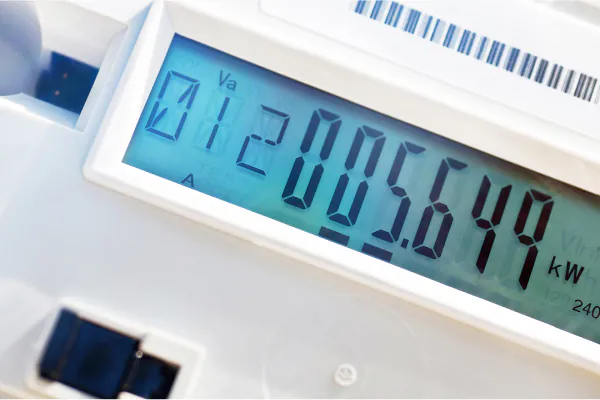
Smart Electrcity
Reduces network outages and quickens response through meter and grid monitoring and analytics. Integrates renewable energy management systems and storage from resources such as solar photovoltaic systems, fuel cells, and wind turbines.
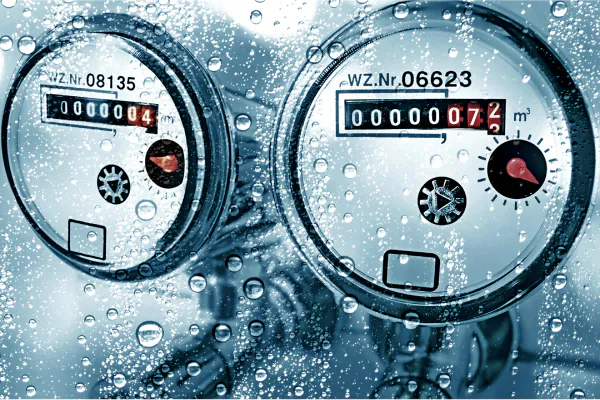
Smart Water
Improves utility efficiency with AMI (Advanced Meter Infrastructure) based on LoRaWAN®. Beyond automated reading, improves water network management and reduces the non-revenue water with leak detection. Reduces energy bill in cost of water with water flow and pressure monitoring and control of pumping systems for the water supply.
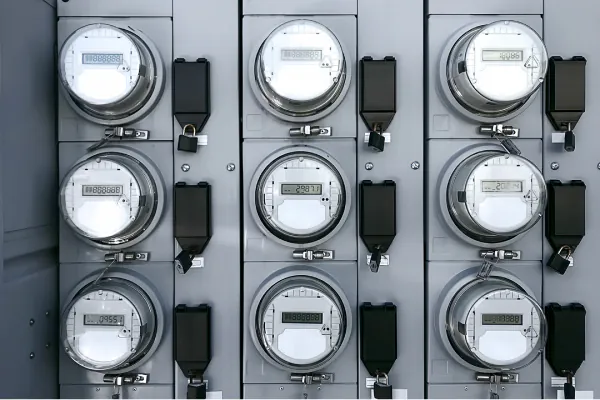
Smart Gas
Helps utilities in the LNG and LPG industry improve their billing accuracy and develop new service models for remote meter readings. Provides near real-time data for gas usage and alarms. Remotely measures gas flow rates and pressure in gas pipe networks. Remotely shuts off valves for subscription management and for risk control in case of alert.
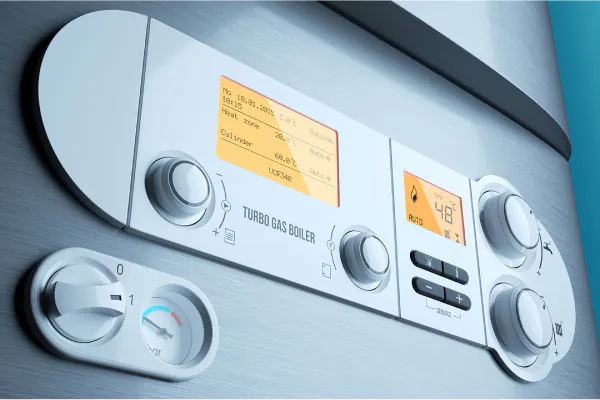
Smart Heating
Facilitates cost allocation and improves the overall distribution efficiency by measuring real consumption. Helps facilities and utilities improve their customer service through better energy consumption monitoring.
Why choose LoRaWAN?
Get Smart About Utilities
News from Our Members
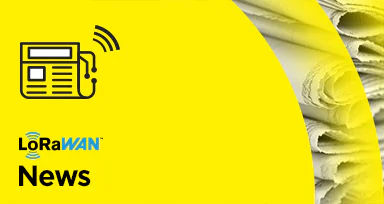
Mar
26
Part 2 – Smart Metering in India: Transforming Utilities with IoT
LoRaWAN® News
In this second installment of a two-part series, we’ll explore how Sehaj Synergy Technologies Private Limited (SSTPL) and Tata Communications have successfully leveraged LoRaWAN® technology to implement smart metering applications across India. The following use cases […]



Mar
26
Part 1 – Smart Metering in India: Transforming Utilities with IoT
LoRaWAN® News
The adoption of smart meters in India is revolutionizing utility management, particularly in water and energy consumption. With increasing urbanization and the growing need for resource conservation, smart metering solutions […]


Mar
12
Netmore Launches Metering-as-a-Service to Accelerate Smart Metering for Water and Gas Utilities
Member Press Release
Stockholm, Sweden – (March 11, 2025) – Netmore Group, a leading global operator of IoT networks, today announced the availability of Metering-as-a-Service (MaaS) for water and gas utilities. This innovative […]
Sign Up to Stay Informed
Smart Meters for Utilities
LoRaWAN, among the new Low Power Wide Area network technologies for connecting smart meters and IoT sensors with utility applications, is an open standard technology offering a unique and disruptive flexibility to deploy private and public networks in a cost-efficient manner, alongside its interoperability at the network and device levels.
In most situations, utility connectivity networks require small payloads of data from daily index to every ten minutes logs with data throughputs of several kilobits. Some specific use cases— like breakers for electricity, prepayment systems, or services supported by remote valve control — can justify a need for a low latency. For the use cases requiring latency of 1 second or more, LoRaWAN can perform well enough to support the automation system requirements.
LoRaWAN network infrastructure deployment and maintenance occurs at a much lower cost compared to traditional WMBUS, cellular technologies and proprietary ones, due to the high link budget and long range performance of LoRa radio that enables wide area network deployment. For instance, LoRaWAN applications for water and gas meters can currently support battery life of over 20 years when transmitting once per day.
Since utilities are responsible for the infrastructure and the distribution of electricity, gas, and water, they are considered critical infrastructure and national or regional regulators demand a high level of security. LoRaWAN specification applies 128-bit Advanced Encryption Standard (AES) algorithms to provide two-layered end-to-end encryption to protect the confidentiality of the payload during the network transport and the device authentication for network security. Utilities can profit from this end-to-end security layer to protect all data communications within meters and other IOT devices connected to a LoRaWAN public network.
